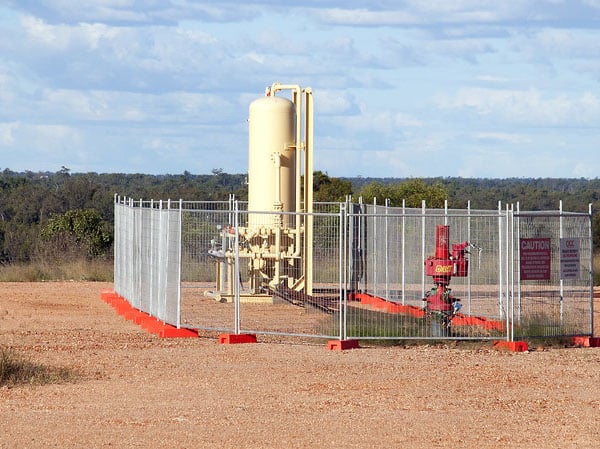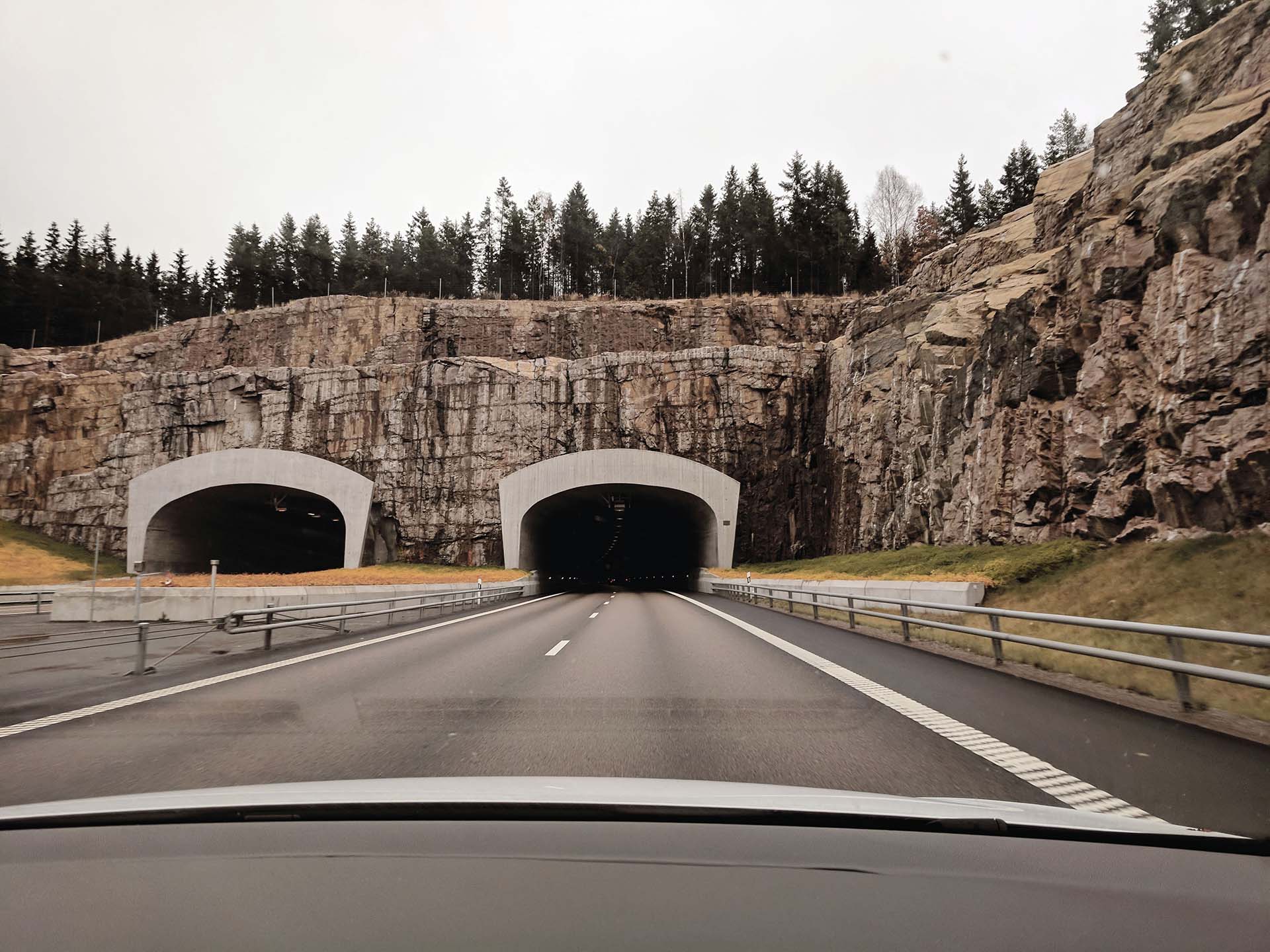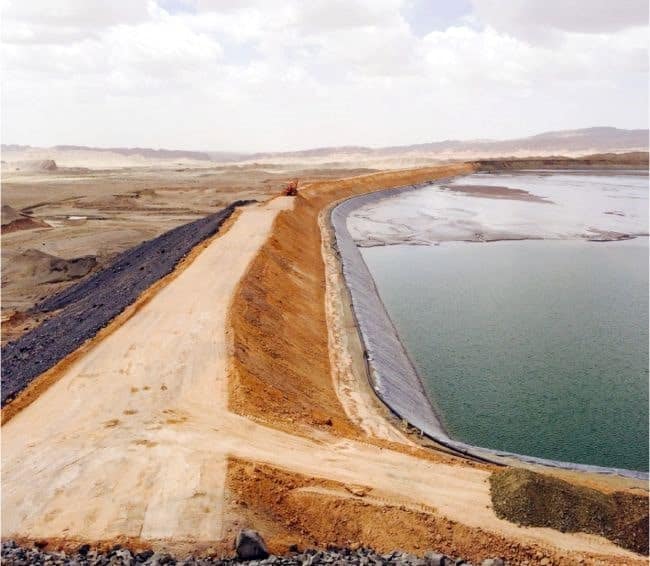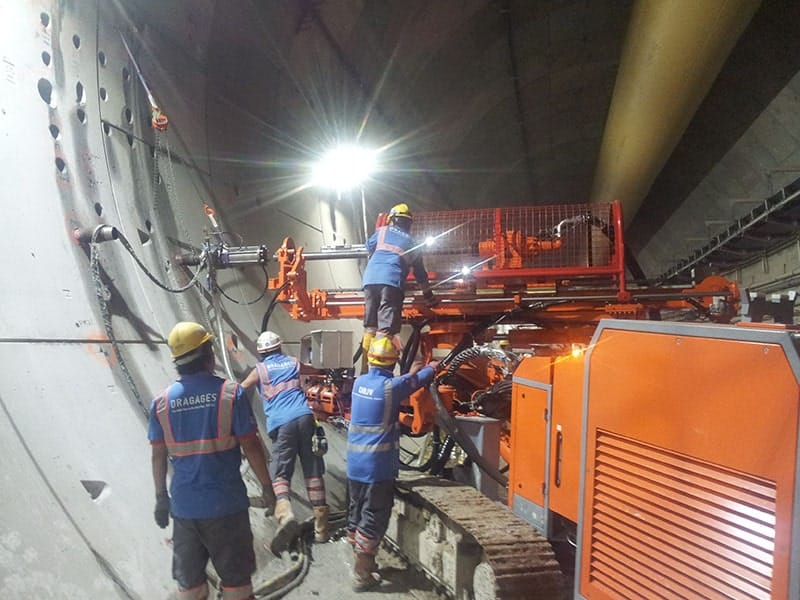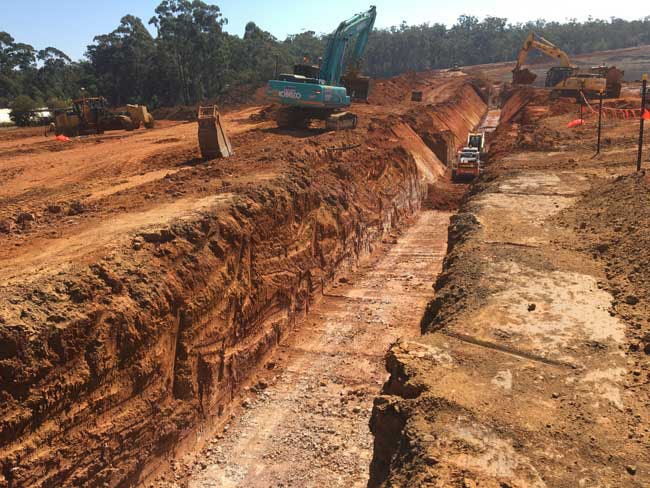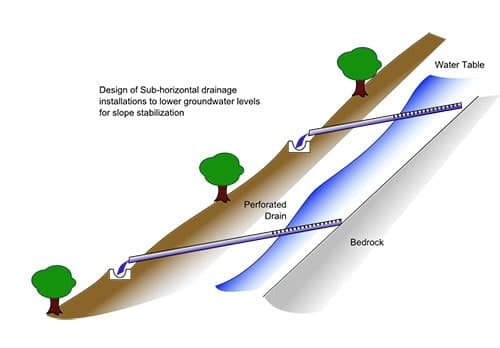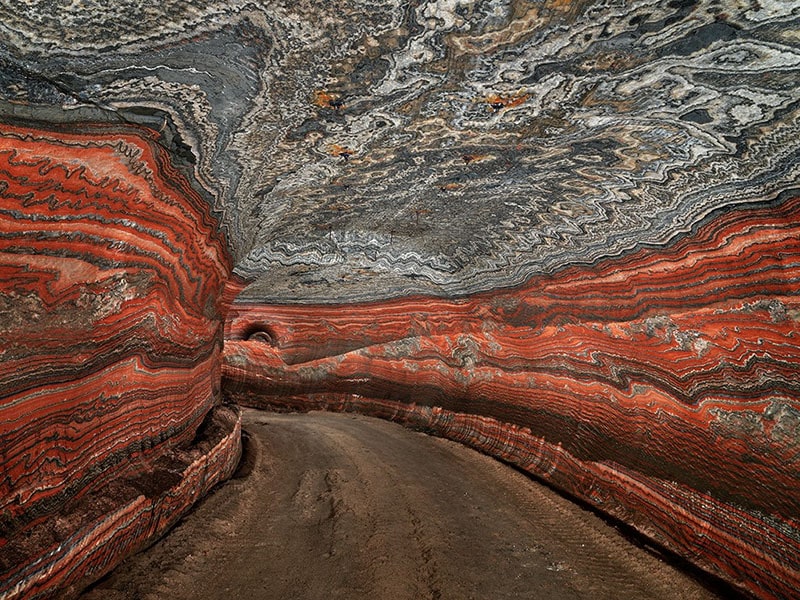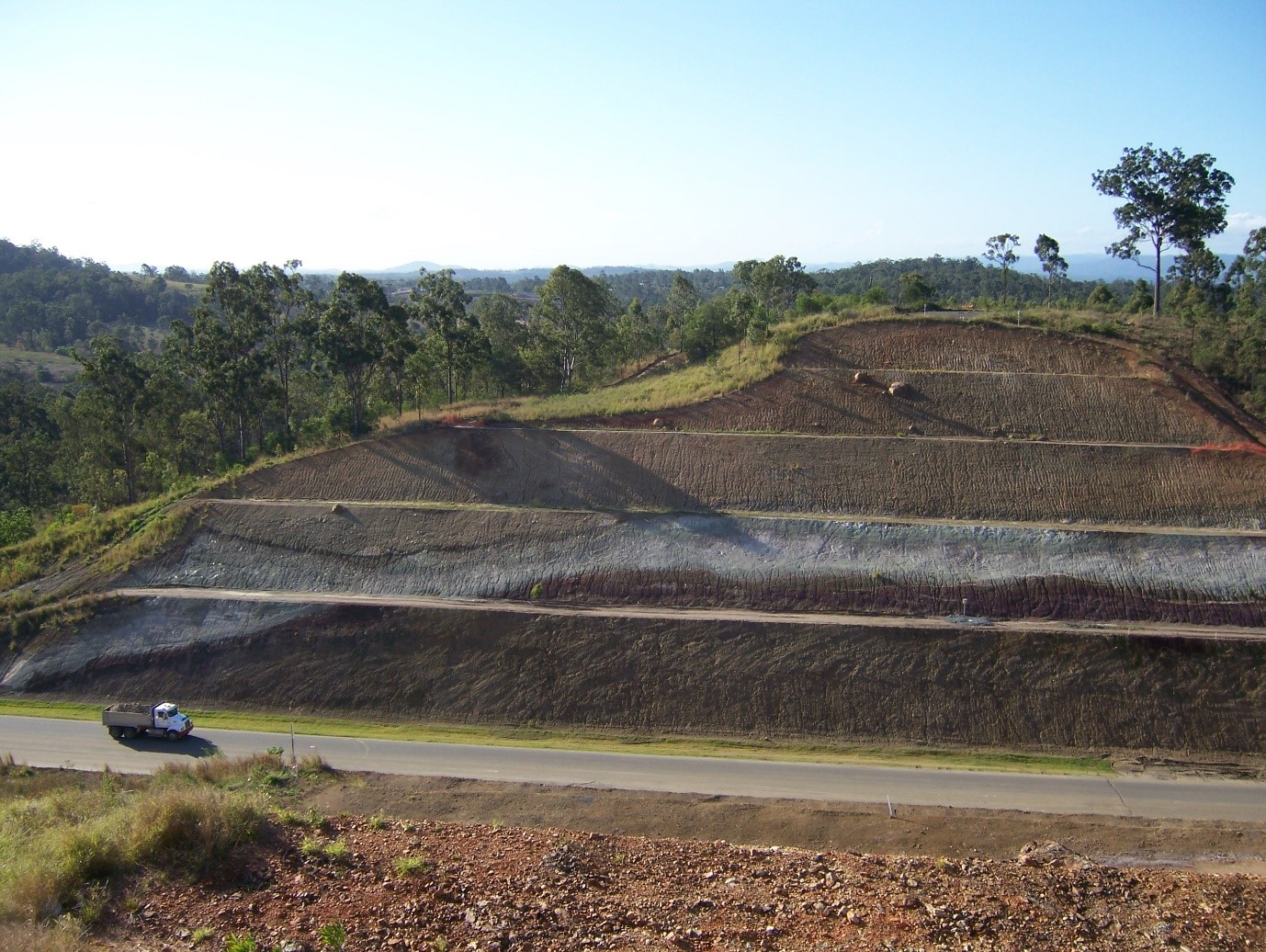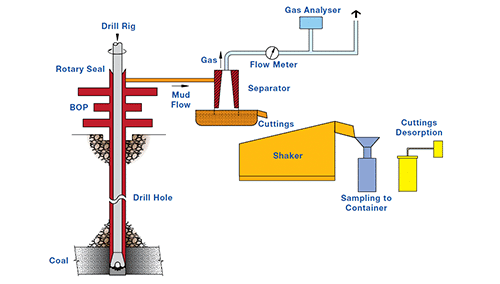It is important to recognise what the effects of water are:
Flooding
Whether an excavation will be flooded by groundwater is dependent on the ability of the ground to deliver water compared to the ability to pump from it. It is also worth considering the consequence of pump failure in terms of how long it will take for the situation to become serious. The ability of the ground to deliver water is primarily controlled by the permeability of the ground and the potential head that can be developed between the excavation and the natural groundwater head. It is also dependent on such factors as the water storage of the ground and any limits on the volume of the ground that may contribute water from within or from infiltration. It may also be determined by the leakage path from a reservoir.
What is critical is the determination of:
The higher either of these are the more of a problem will exist. It is worth bearing in mind that a permeability in a rock foundation at 5 m depth in a surface structure may not produce any flow to be concerned about. However, if that same permeability exists at 500 m depth then flows might be expected to be two orders of magnitude greater.
Effective Stress
Effective stress is the total stress in the ground minus some fraction of the fluid pressure. This fraction is dependent on the nature of the ground. In a soil, it can be expected to be unity while in obsidian (volcanic glass) it will be zero. In fractured obsidian the fluid pressure will only work normal to the open fractures or fractures that are filled with a non sealing infill. The effect of fluid pressure in rock is therefore quite directional, being dependent on:
The effect of fluid pressure on the deformation of a rock mass prior to failure may be defined by its poroelastic behaviour. This is likely to change as the effective stress within the rock mass changes.
In a rock mass that is deforming, the poroelasticity is likely to increase with increasing shear and the effect of fluid pressure within it will magnify without any fluid pressure increase. As failure starts to take place dilation will occur and fractures will open in which fluid pressure will act. It is therefore extremely important to avoid the onset of failure.
Drainage to reduce fluid pressure and therefore increase effective stress is not inherently dependent on the flow rate. It is possible that a horizontal drain that produces very little is just as effective in reducing fluid pressure as one that flows a large volume. The difference is the permeability of the ground.
Piping and Erosion
It is possible for surface erosion from an embankment or dam to occur through the action of a groundwater pressure gradient that lifts particles of soil away. This process frequently accelerates as the eroded zone is then subject to a higher pressure gradient. The result is the erosion of a pipe into the embankment. This sort of process can also occur in natural slopes. Typically, this occurs in inhomogeneous material, such as weathered rock or colluvium, where the pressure gradient becomes concentrated by geological factors.
Piping may also occur at much lower pressure gradients where clays disassociate. This is usually associated with a dam where the stored water is of a different chemistry to that of the soil from which it is composed.
The prevention of piping requires the drainage system for a dam or embankment that will ensure that the water does not flow freely from any face, but only through properly designed filters that will stop it occurring. In cases where problem clays exist some thought may need to be given to stabilising these by chemical means or cement admixture.
Slope Dewatering
Sigra has developed slope dewatering drainage systems. These are based on being able to drill long horizontal holes and install well screens through the drill pipe or casing. These screens are designed not to transfer water from the inner portion of the slope into those closer to the surface. Sigra has the correct measurement and analytical processes to be able to determine the optimum spacing of such drains.



